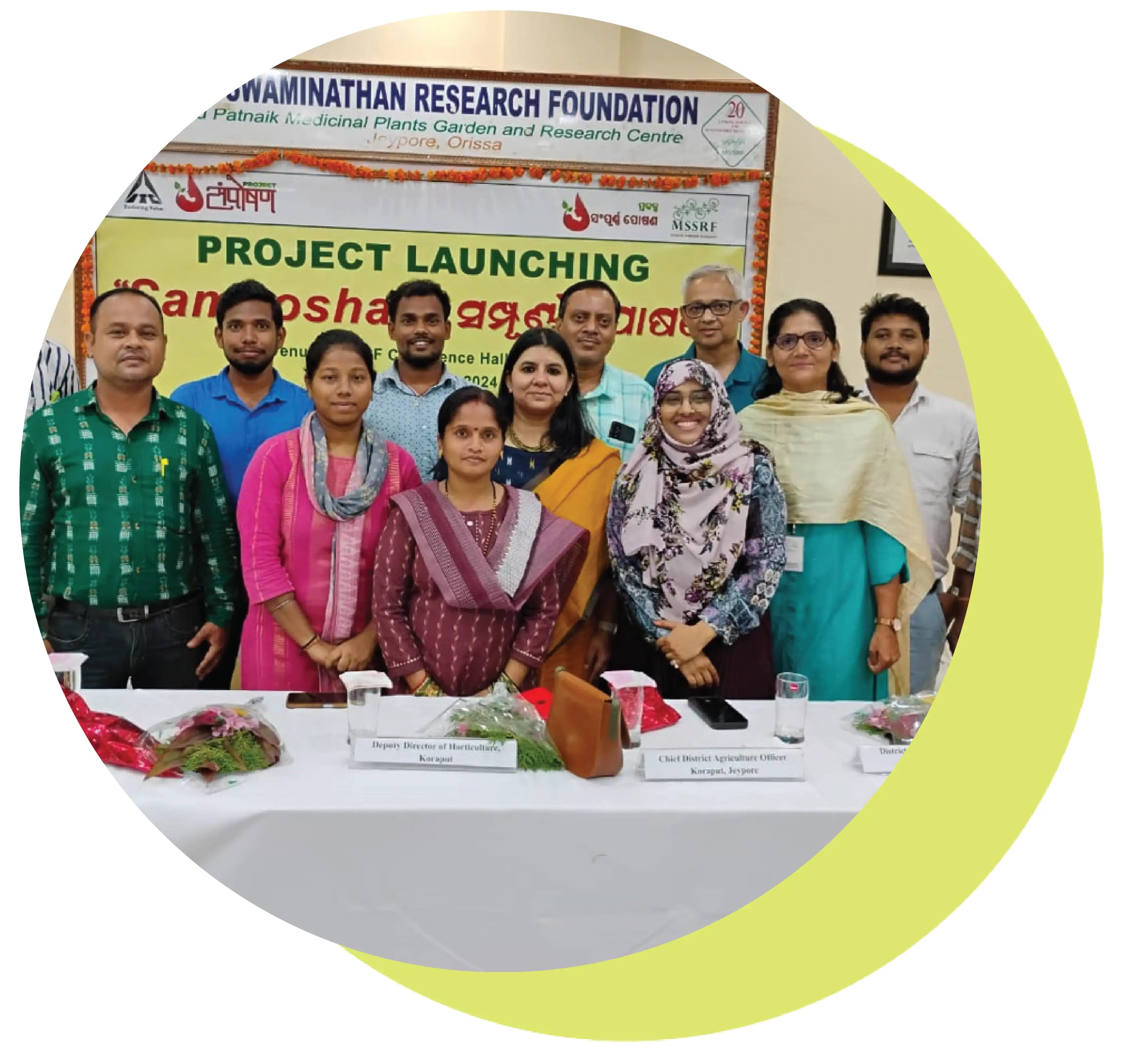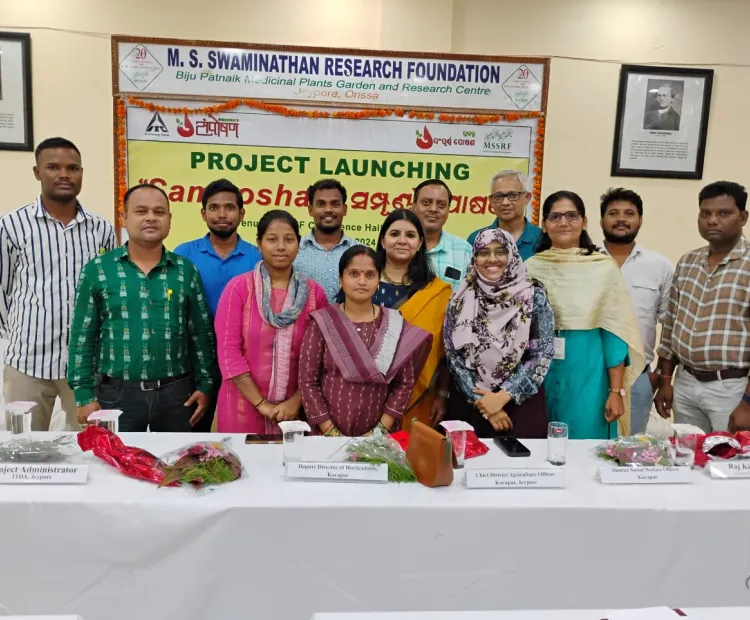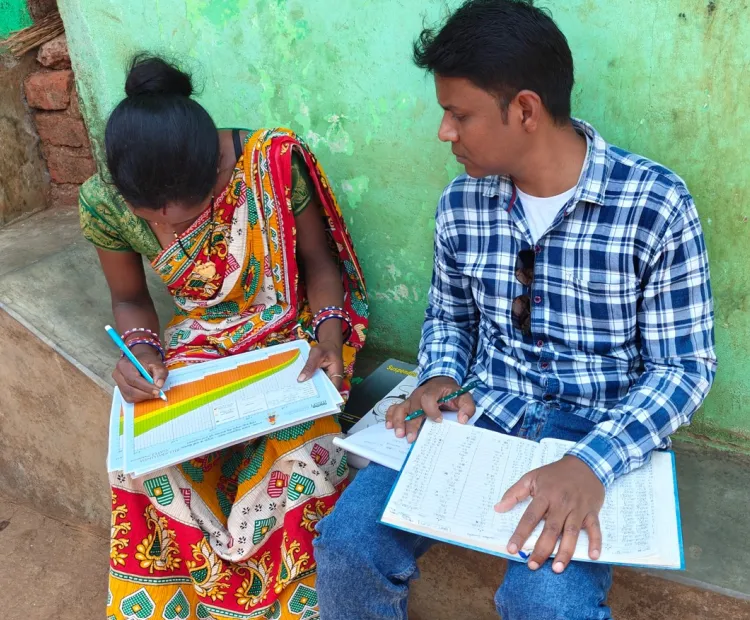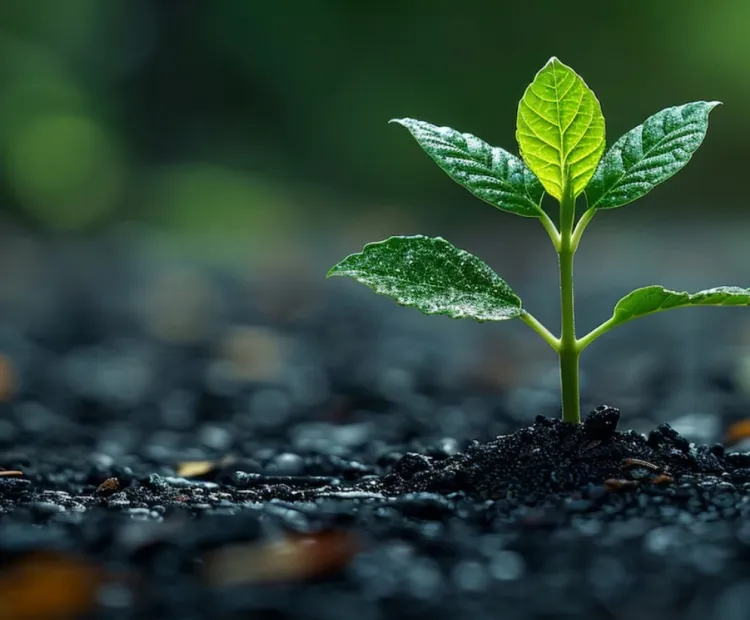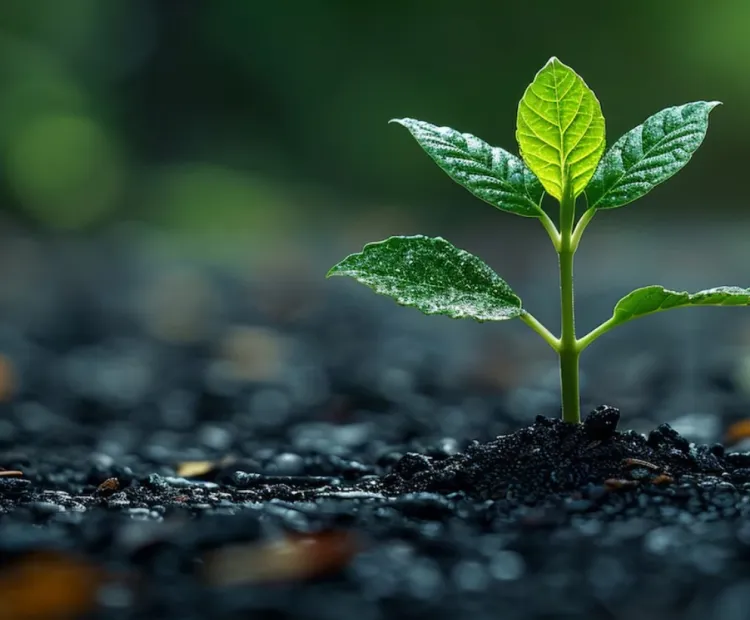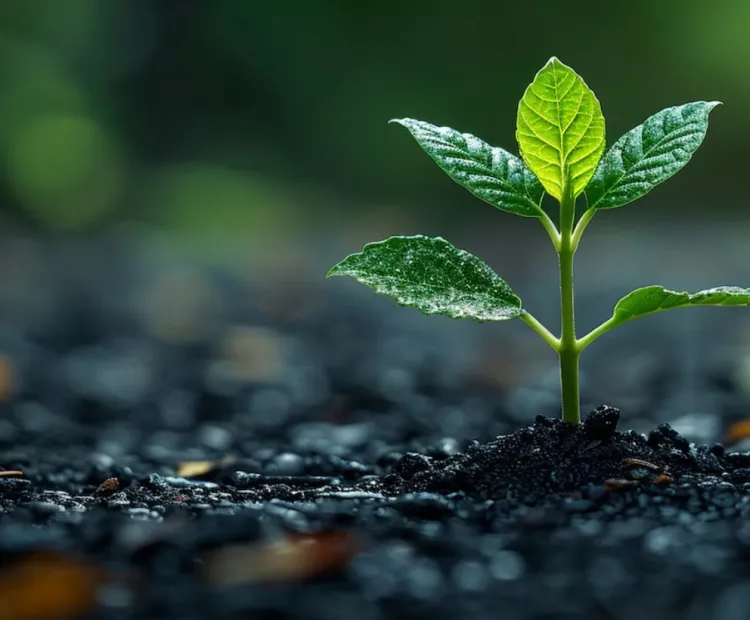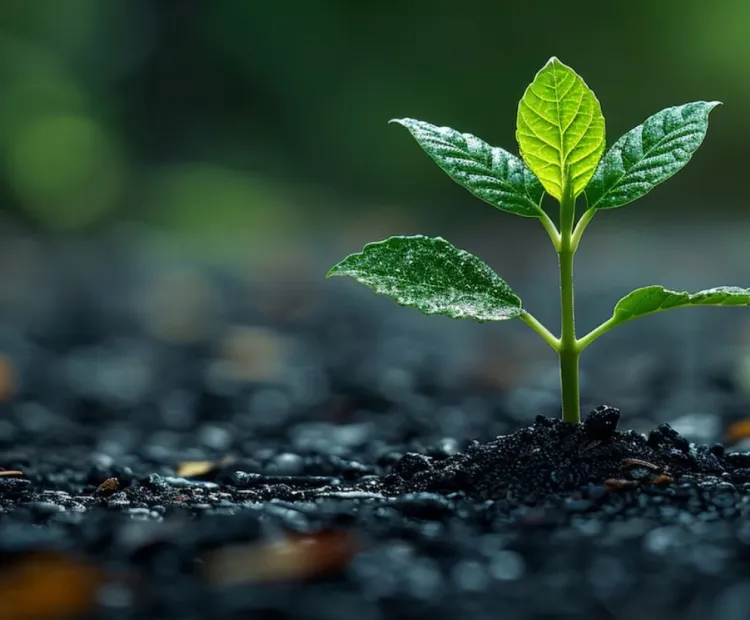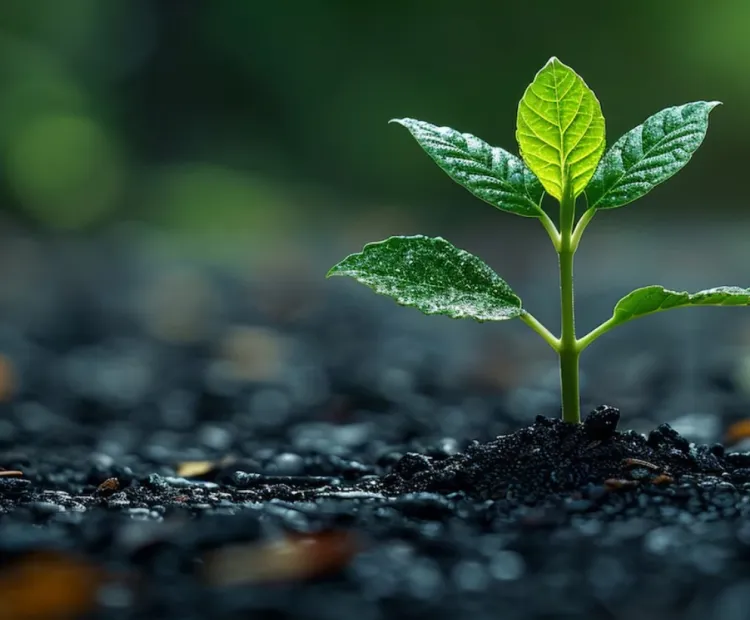Introduction
Project: Samposhan 1
Role of Schools, SHGs and Anganwadi Centers to promote Nutrition Security in tribal blocks of Lamtaput and Dasmantapur of Koraput, Odisha.
Project: Samposhan 2
Improving Household Level Dietary Diversity and Nutritional Security of tribes through Nutrition Sensitive Agriculture in Koraput, Odisha.
Funder: ITC Ltd, Food Science Division, Bengaluru
Location: Koraput district, Odisha
Duration: June 2024 to March 2025
The SAMPOSHAN Project, aimed at enhancing household dietary diversity and nutritional security among tribal communities in Koraput, Odisha, has made significant strides in its early implementation phase. By integrating nutrition-sensitive agriculture, nutri-garden, and community engagement for nutrition specific interventions, the project has fostered a positive shift in dietary patterns, agricultural practices, and local institutional participation.
Intervention Area:

Project Implementation Structure
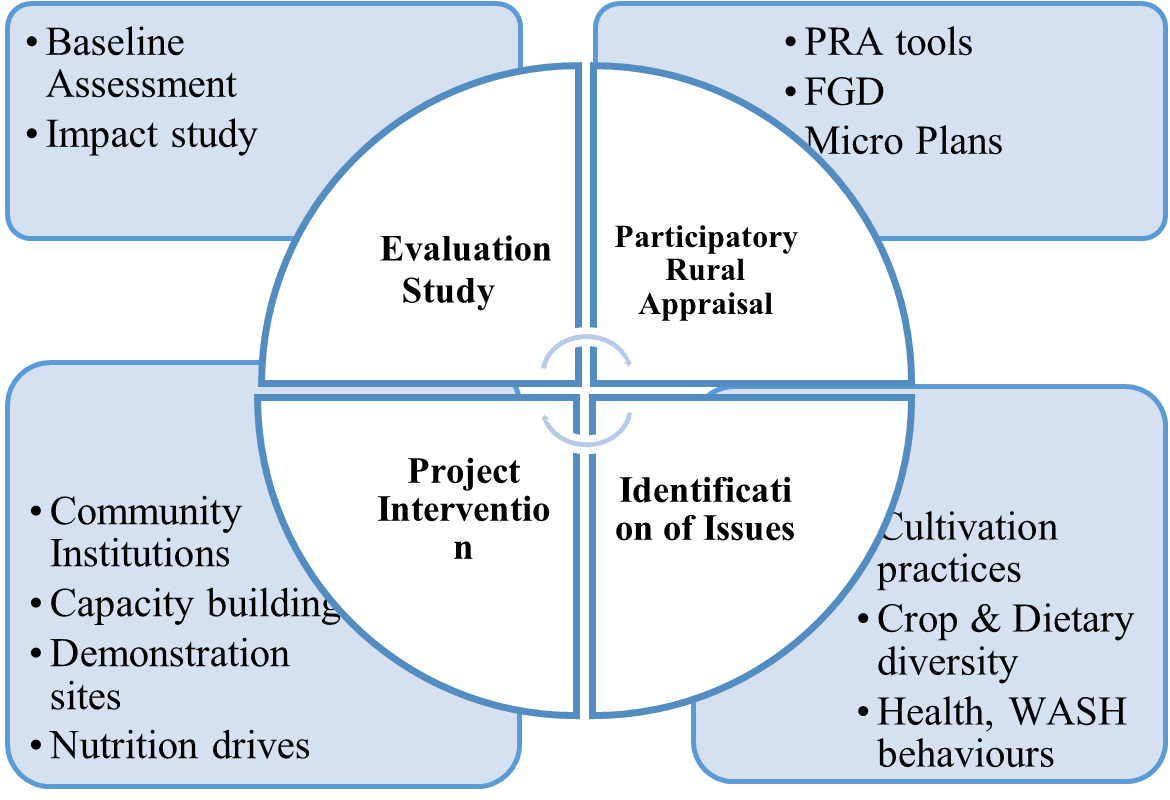
Early Successes and Transformations
1. Establishing Nutrition Gardens for Household and Community Well-being
One of the key interventions, the establishment of Poshan Vatikas (nutrition gardens), has started yielding results. So far, 218 households, 39 Anganwadi Centres, and 7 tribal residential schools have developed their own nutrition gardens. These gardens provide access to fresh, diverse, and nutritious vegetables and fruits, directly improving dietary diversity at the household level. Additionally, one Self-Help Groups (SHGs) have successfully established Community Poshan Vatika linked to Integrated Child Development Services (ICDS) centres and schools, ensuring a sustainable supply of nutritious food for the Mid-Day Meal Programme.
2. Advancing Sustainable Farming Practices
Field demonstrations covering 516 acres have introduced improved agricultural techniques for cultivating millets, pulses, oilseeds and vegetables. These demonstrations have not only increased crop
productivity but have also encouraged farmers to adopt nutrition-sensitive farming practices. Furthermore, 248 units of enriched Farm Yard Manure (FYM) and organic formulations have been made available to farming communities, reducing dependence on chemical fertilizers and promoting soil health. To be more specific:
- 20 Farmers’ Committees formed
- In total 875 total farmers have been supported - 515 nos. in Kharif season, 196 nos. in Rabi season, 164 in summer season
- 1245 HHs capacitated on improved methods of cultivation and techniques
- 262 farmers mobilized for Line Transplantation of Millets and Paddy cultivation
- 127. 75 acres of land covered under inter-cropping with Cereals, pulses and oilseeds
- Crop-Cutting Experiment of Paddy & Millet.
3. Enhancing Livelihoods through Mushroom Cultivation
To diversify income sources and improve nutritional intake, 23 SHGs have been trained and supported in setting up mushroom cultivation units. Mushroom cultivation has gained traction as a viable micro-enterprise, with women-led SHGs playing a crucial role in producing and marketing mushrooms locally. The economic benefits, coupled with the nutritional value of mushrooms, have motivated more community members to explore this alternative livelihood opportunity. In total 241 members of 241 families successfully raised 1068 oyster mushroom beds. Per bed they are growing 2 to 2.5 kg mushroom and after own consumption selling remaining at Rs. 140/- to Rs. 160/- per kg in the nearest local market. Per SHG the average profit is Rs. 5,000 to 7,000/- per month.
4. Capacity Building and Skill Development
Through targeted training sessions and inter and intra district exposure visits, 1245 families have been equipped with knowledge and skills in nutrition-sensitive agriculture and the establishment of nutrition gardens. Additionally, 40 youths (21 female and 19 male) have been trained as Poshan Sathis, responsible for disseminating nutrition literacy and supporting farming households. Their engagement has strengthened community ownership and sustained awareness campaigns. 50 Anganwadi workers and 10 TR school teachers trained on Nutrition Garden. 356 persons (AWW, ASHA, SHG, PRI, PW, LM, AG, mother of 7-month to 5 yr. old children) trained on low-cost nutritious recipe demonstration.
5. Strengthening Institutional Convergence and Policy Integration
Multi-stakeholder collaboration has been a driving force behind SAMPOSHAN’s success. District-level stakeholder meetings chaired by the District Collector and block-level convergence meetings led by Block Development Officers have facilitated coordination between government departments, NGOs, and local communities. Moreover, the inclusion of nutrition-focused components in Gram Panchayat Development Plans under the People’s Plan Campaign has laid the foundation for long-term sustainability.
6. Fostering Nutrition Literacy and Behavioural Change
With nutrition literacy promoted across 1245 households in 20 operational villages, there has been a noticeable shift in dietary habits. Awareness campaigns, counselling sessions, and community meetings have emphasized the importance of a balanced diet, leading to improved food choices and meal planning at the household level. Training of the Trainers (Poshan Sathis/Staff) and Community level trainings on:
- Nutrition Sensitive Agriculture and Scientific methods of Kharif & Rabi Cultivation
- Nutrition Literacy through Campaigns, community meetings, counselling
- Enriched Farm Yard Manure, Organic formulations and Bio-input usage
- Nutrition Garden at Household, AWC and Schools
- Mushroom Cultivation with Women SHGs
- 50 Anganwadi workers and 10 TR school teachers trained on Nutrition Garden. 356 persons (AWW, ASHA, SHG, PRI, PW, LM, AG, mother of 7-month to 5 yr. old children) trained on low-cost nutritious recipe demonstration.
- Celebration of Poshan Mah through campaigns and community events involving frontline workers and villagers. The events at the community level are 18 nos. AWC level-14 nos. school level – 7 nos. In total 39 events were organized.
Challenges and Lessons Learned
While significant progress has been made, certain challenges have emerged. These include the need for continuous technical support for farmers, infrastructural limitations in some tribal hamlets, and cultural hesitancies in adopting new cropping and dietary practices. However, adaptive strategies such as community-led knowledge-sharing sessions and additional capacity-building Projects through Poshan Sathis have helped in handling these challenges to some extent. Besides this, infertile land, hilly terrain, high use of chemical fertilizers, pesticides and behaviour towards health, nutrition, santitation and hygiene practices are still a big challenge to work on.
Conclusion: A Promising Path Ahead
Project SAMPOSHAN indicate a promising trajectory towards enhanced nutritional security and sustainable livelihoods for tribal communities in Koraput. With continued efforts in capacity building, community participation, behaviour change and institutional convergence, the project is set to create long-lasting impacts, ensuring that improved nutrition and diversified diets become an integral part of tribal life in Odisha.
